Exploring Different Star Clusters, Nebulae & Galaxies within Star Maps
Unlock the secrets and hidden treasures of the night sky. Learn about & how to find different star clusters, nebulae & galaxies in your star map.
The Night Sky has been a source of fascination and wonder for humanity since ancient times. From 10,000 year old cave paintings to modern day star maps, the way we chart and understand the cosmos has evolved significantly. In the vastness of the night sky, there are numerous hidden treasures to explore, including different star clusters, nebulae, and galaxies. So, read on to learn the hidden features you could find in your very own star map from The Night Sky.
Exploring Deep-Sky Objects with The Night Sky
Deep-sky objects are celestial entities located beyond our solar system and encompass different star clusters, nebulae, and galaxies, but to discover them, you must first have your map.
Create your Star Map to Start Exploring
Creating your accurate star map is the gateway to exploring the hidden features of the night sky. A star map is a detailed chart that displays the different stars, clusters, constellations, and celestial objects visible in the night sky. With this valuable tool from The Night Sky, you can unlock the mysteries of the night sky on a specific date, time and location of your choosing. Choose your child's birthday, or the date of your first kiss, or your grandparents anniversary, designing the map is up to you, and The Night Sky will provide you with the treasures to discover.
So, whether you're a curious beginner, a seasoned stargazer or just want to show your loved one the beauty of the sky on a special day you share, creating your star map is an essential step in unveiling the secrets and hidden features of the night sky.
What are the Features of The Night Sky?
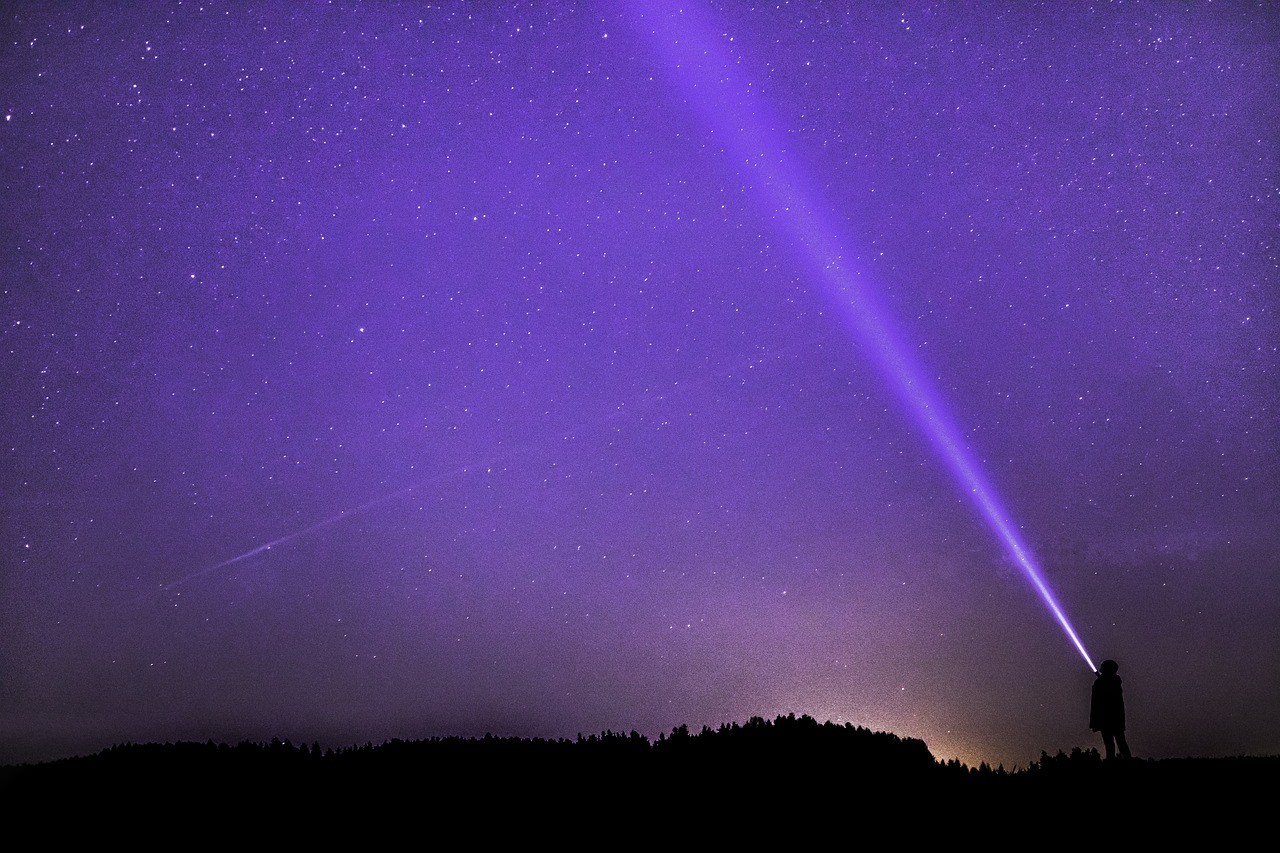
The night sky is replete with hidden features. From twinkling stars to ethereal nebulae and distant galaxies, the celestial canvas presents a breath taking spectacle each and every night. Here's what you could find, and how to find them:
Stars - The Building Blocks of The Universe
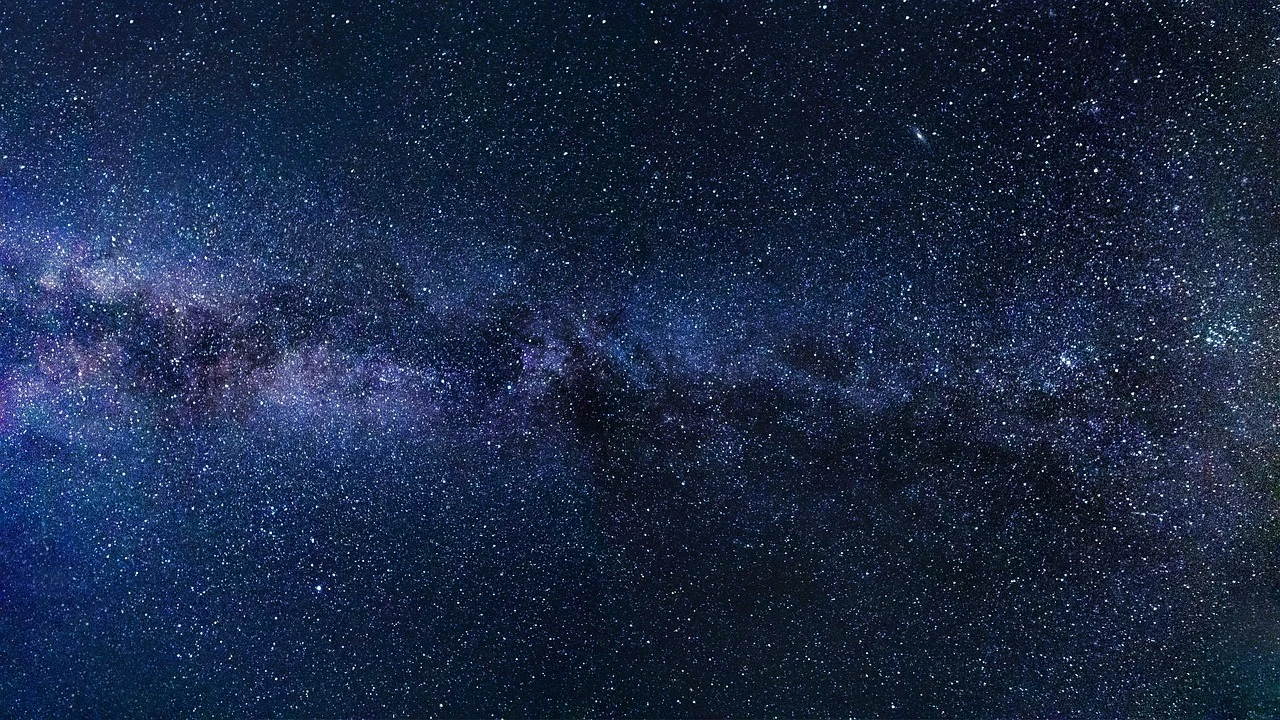
Stars, like sparkling jewels adorning the night sky, come in various sizes, colors, and temperatures. On your star map, they may appear as tiny points of light, but their brightness varies greatly, with larger dots representing brighter stars. Mastering the art of reading star maps allows stargazers to identify individual stars, learn about their characteristics, and understand their place in the greater features of the night sky.
Star Clusters - Star Groupings in the Universe
Star clusters, captivating formations of stars sharing a common origin, are a sight to behold. Star clusters present in many forms on a star map, so let’s take a look and the different types:
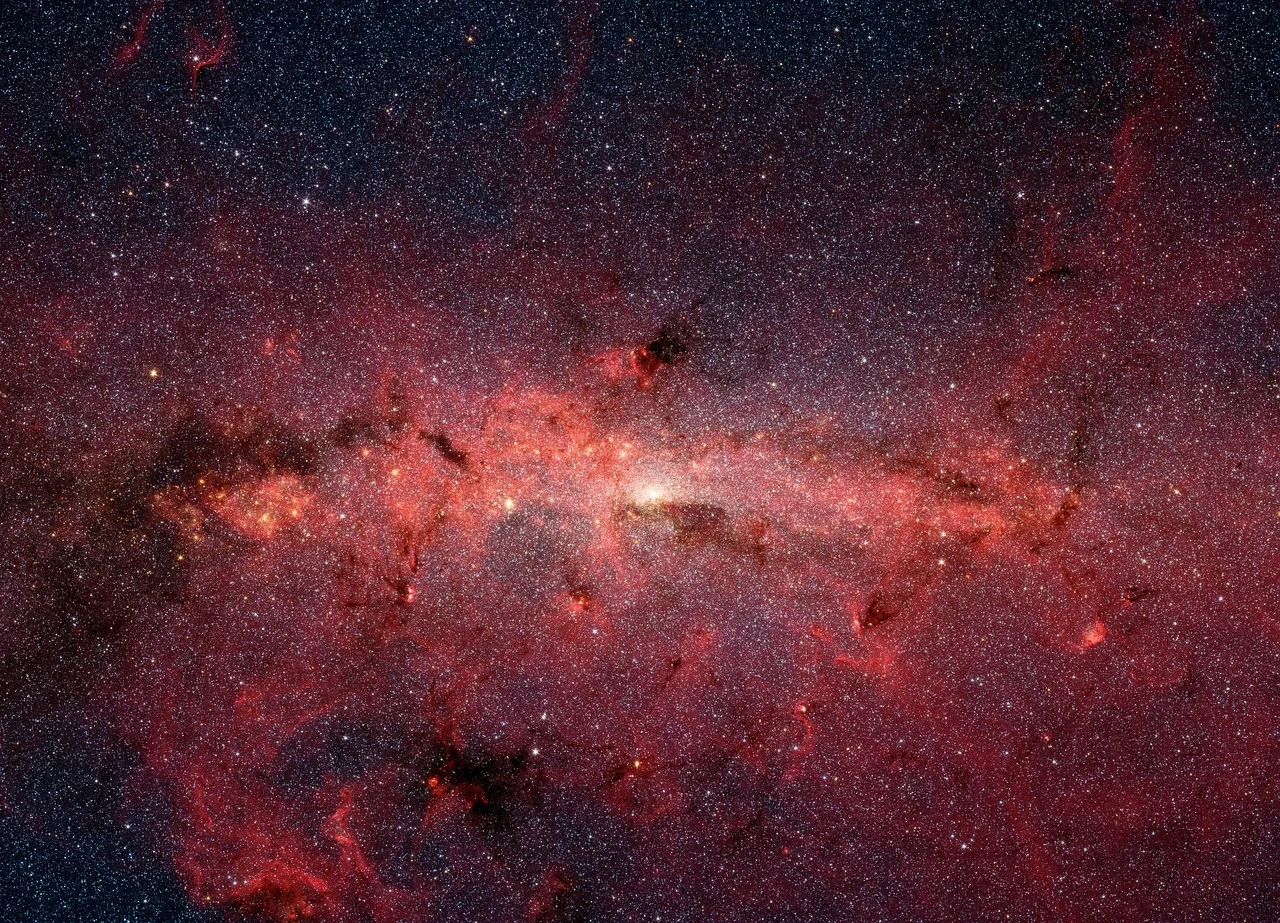
Open Clusters
Open clusters - also known as galactic clusters - are young stars that formed from the same molecular cloud. They are relatively loose and contain dozens to hundreds of stars. Some famous examples to look out for include the Pleiades, the Beehive Cluster and Pismis 24 - the open cluster our solar system sits in.
To identify open clusters on your star map, look for groups of stars grouped close together but not confined to a specific shape, often appearing scattered or extended.
Globular Star Clusters
Globular star clusters, in contrast, are tightly packed spherical formations of ancient stars housing hundreds of thousands to millions of stars that are bound together by gravity. M5 in Serpens Caput is a notable example of a globular cluster that astonishes observers with its densely packed stars.
To locate globular clusters on a star map, look out for dense, nearly symmetrical groupings of stars in a spherical shape.
Stellar Clusters
Stellar clusters bridge the gap between open and globular clusters, representing groups of stars that are in the process of being formed.
On your star map, look for star groupings that are either loosely scattered (open clusters) or tightly packed and spherical (globular clusters).
Galaxies: Island Universes Beyond Our Milky Way
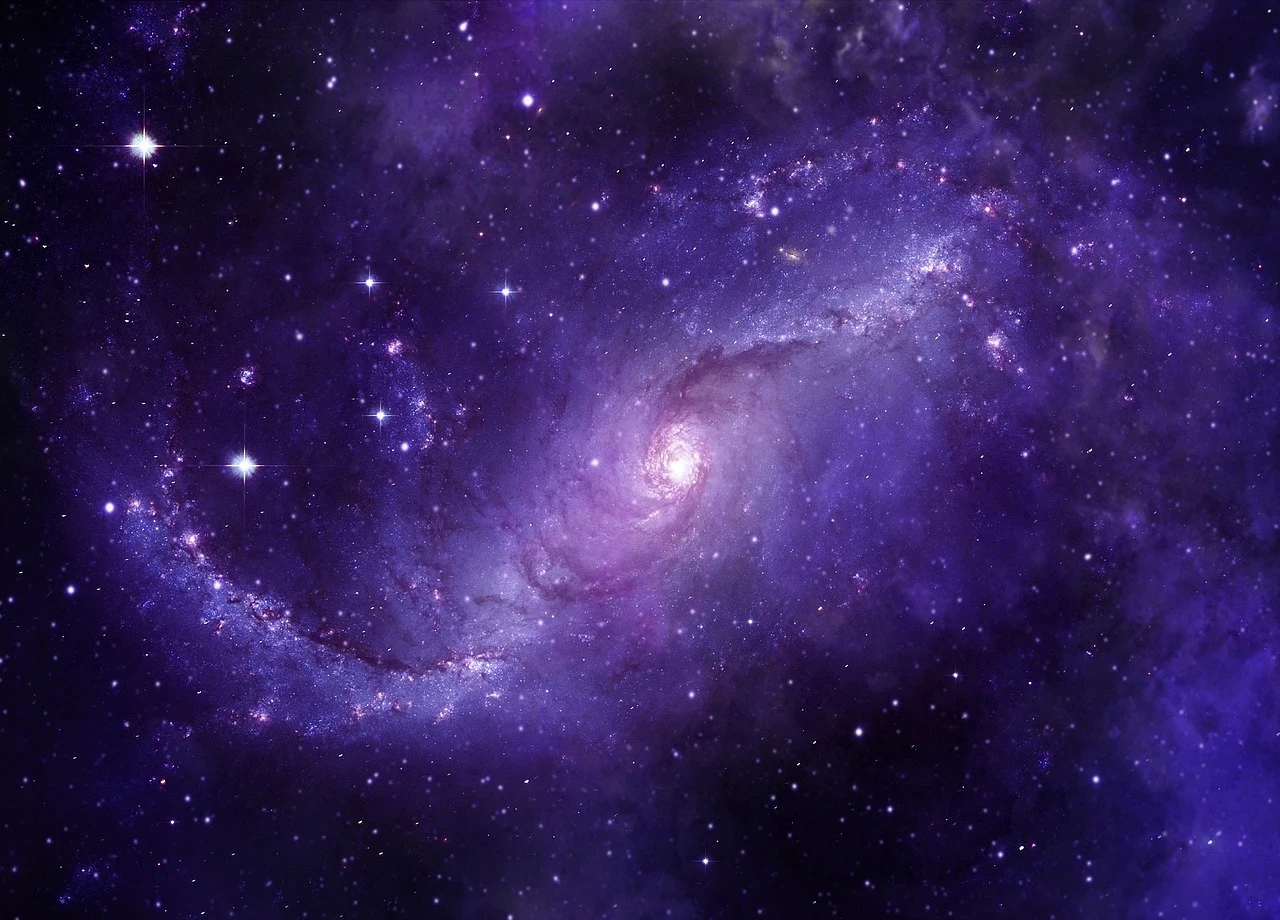
Galaxies make up the foundation of the universe on a cosmic scale, with each galaxy being its own cosmic island, playing host to billions of stars, gas, dust, and dark matter.
Beyond our own Milky Way lies countless galaxies, but let's explore some of the different kinds:
Spiral Galaxies
Spiral galaxies, like their namesake, appear with spiral arms and majestic central bulges. Our very own Milky Way is a prime example of a spiral galaxy, with its intricate structure and swirling arms. To discover spiral galaxies on a star map, look out for spiral arms emanating from a bright central region.
Elliptical Galaxies
Elliptical galaxies, in contrast, possess a smooth and elongated shape. These types of galaxies are often devoid of gas and dust and are mainly composed of older stars. To find elliptical galaxies on a star map, look for smooth, elongated shapes without pronounced spiral arms.
Lenticular Galaxies
Lenticular galaxies appear with a central bulge and a flattened disk, blending the characteristics of both spiral and elliptical galaxies. To pinpoint lenticular galaxies on a star map, search for disk-shaped galaxies with a bright central region.
Irregular Galaxies
Irregular galaxies defy conventional shapes, exhibiting chaotic structures and are often formed as a result of gravitational interactions and mergers between galaxies. To locate irregular galaxies on a star map, look out for galaxies without a clear spiral or elliptical structure.
Nebulae: Cosmic Clouds of Gas and Dust
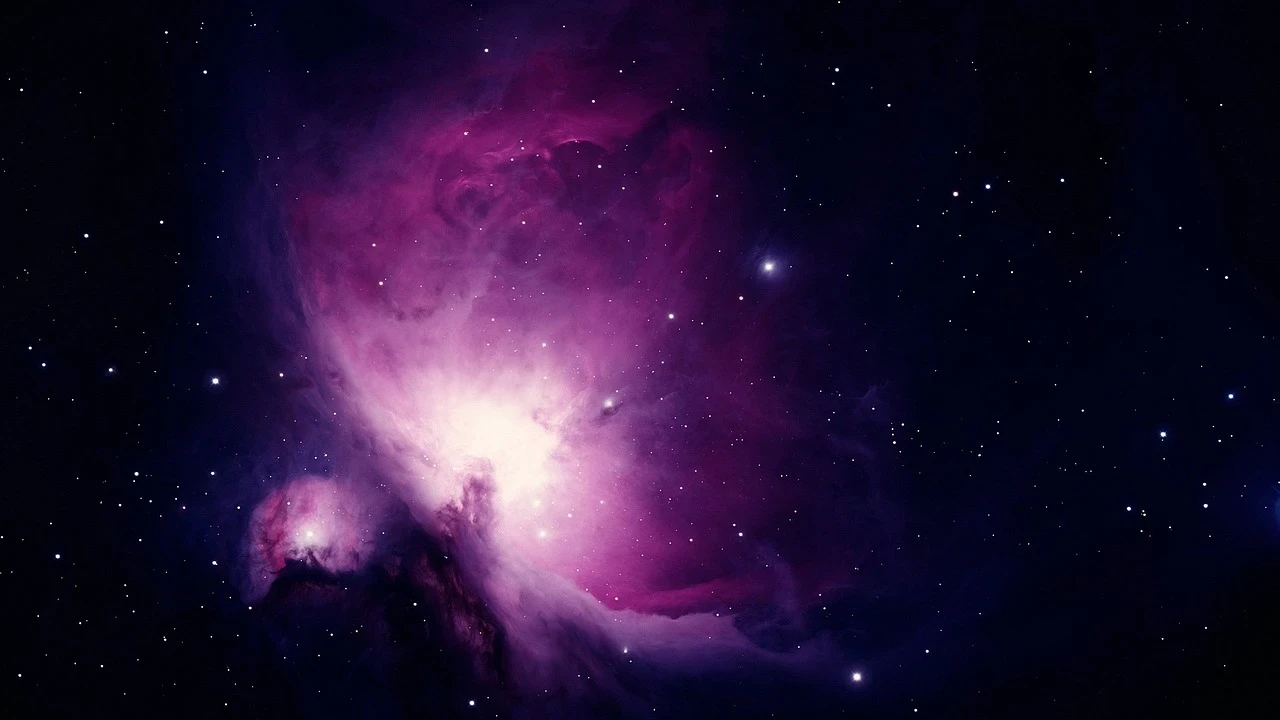
Nebulae are cosmic clouds of gas and dust. There are thousands in our universe, and they all come in various types, each with its own unique properties and appearances:
Emission Nebulae
Emission nebulae are regions where the gas is ionized by nearby hot stars causing it to emit light of various colors. If you’re lucky enough to feature emission nebulae on your star map, you’ll see glowing red or pinkish regions, typically found near young and hot stars.
Reflection Nebulae
Reflection nebulae, on the other hand, do not emit light but instead reflect the light of stars nearby, giving them a bluish appearance. The Pleiades is adorned by reflection nebulae, adding to the mystique of this famous open reflection cluster. To spot reflection nebulae on your star map, look closely for blue regions close to bright stars.
Dark Nebulae
Dark nebulae are dense regions of dust that obscure the light from stars behind them. They appear as inky patches against the backdrop of the Milky Way. It’s often hard to determine dark nebulae on a star map due to their closeness in color to the sky, however, try looking for dark patches or lanes that block the light from stars or other celestial objects.
Supernova Remnants
Supernova remnants are the aftermath of massive stellar explosions and are essential in triggering new star formation. To identify supernova remnants on your star map, look for irregularly shaped, expanding shells of gas and dust.
Planetary Nebulae
Planetary nebulae are shells of gas and dust released by dying stars during their late stages of evolution. Despite their name, they in fact, have no connection to planets. Instead, they represent the final phases of stars, like our Sun, with revealed glowing cores, which will eventually cool down and fade away. To come across planetary nebulae on your star map, search for round or elliptical shapes often resembling planetary disks.
Discover The Night Sky’s Hidden Treasures
To explore these wonders, star maps serve as invaluable tools. Whether you're a seasoned stargazer or a curious beginner, accurate star maps from The Night Sky provide essential guidance, helping you decode the night sky's secrets.
Find out what could be hidden in your custom star map with prints and jewelry from The Night Sky.
